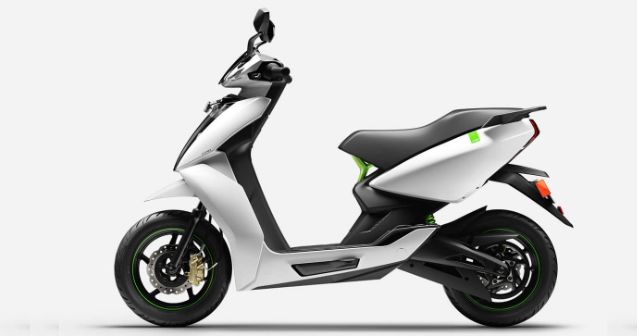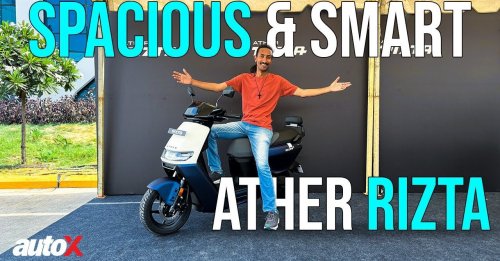
With FAME II coming into force from April 2019, a lot of electric two-wheeler manufacturers are facing a setback as the new and stringent guidelines have made life quite difficult for them.
The second phase of FAME (Faster Adoption and Manufacturing of Hybrid & Electric Vehicles) kicked off from April 2019, and its implementation brought along many new changes to the policy. To give you a brief, the government allocated a budget of ₹ 10,000 crore for electric vehicles, in subsidy and setting up EV infrastructure, across the country over the next three years. In comparison, the first phase of FAME – since its inception in 2015 – had an outlay of ₹ 895 crore. A great initiative for sure, but not without some flaws…
You see, while the budget has increased significantly, the introduction of FAME II has made life difficult for electric two-wheelers. First of all, as per the new policy, the subsidy will be available for vehicles which come with ‘advanced battery pack’ – meaning a lithium-ion battery pack is a must. Under FAME I, there was no such differentiation as all the electric vehicles benefitted from the scheme. Now this means that a lot of affordable electric scooters with a lead-acid battery pack can no longer benefit from the FAME subsidy. Additionally, apart from having a lithium-ion battery pack, electric scooters are also required to have a top speed of over 40km/h to fall under the FAME II category. Moreover, the government has also asked the manufacturers to increase the level of localisation to qualify for the subsidy.
Another thing is, even lithium-ion battery-powered products are going to take a hit. You see, earlier a lithium-ion battery-powered scooter would get a subsidy of anywhere between ₹ 17,000 - ₹ 22,000. However, with FAME II, the incentive is now linked to the battery size – an electric two-wheeler will get a subsidy of ₹ 10,000 per kWh. Now, most of the affordable e-scooters with lithium-ion battery packs come with a battery that’s an average size of 1.5kWh. So, this will mean the subsidy will reduce by a significant amount, ranging between ₹ 2,000 – ₹ 7,000. And this will also reflect in the price of the product.
On the other hand, this also allows scooters with bigger battery packs a cost benefit. In fact, it already has. The Ather 450, for instance, now gets a subsidy of ₹ 27,000 as opposed to ₹ 22,000 earlier. This means its on-road price is now down by ₹ 5,000 to ₹ 1.23 lakh. This is because it’s powered by a 2.8kWh battery pack – albeit we still don’t have a clear picture of how this whole ₹ 10,000 per kWh calculation works.
Long story cut short, the second phase of FAME has definitely caught a lot of electric scooter manufacturers’ off-guard, as they’ve had virtually no time to react to the government’s new guidelines. And this means clearing their existing inventory – with a significant reduction in subsidy – won’t be an easy task. Plus, they might also have to absorb the costs in order to do so. Additionally, they’ll have to move to better technology – bigger battery pack and more performance – quickly so as to get the benefits of FAME II. Not to mention, they’ll also have to increase the localisation of parts to get the maximum of the green incentive. So, on the whole, it’s going to get quite tough for electric scooters in the coming time.
Also read,
Okinawa Scooters achieves compliance for FAME-II subsidies and incentives
First design sketch of Revolt Motors' new e-motorcycle revealed






















Write your Comment